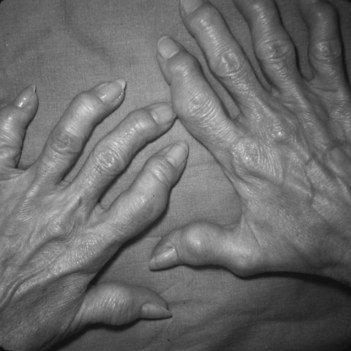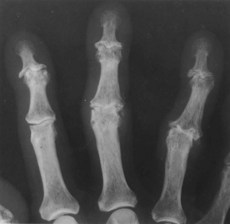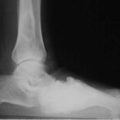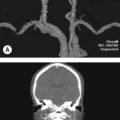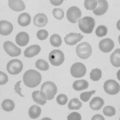131 Osteoarthrosis
Salient features
History
• Stiffness after a period of inactivity
• Impairment of gait as a result of joint pain
• Knees: pain on activities such as climbing stairs, getting out of a chair, and walking long distances. Morning stiffness usually lasts <30 min. Ask the patient whether their knees ‘give way’, a so-called instability symptom
• Hip: morning stiffness and pain (lasting <30 min) and pain at rest or at night are common. However, nocturnal hip pain may reflect inflammatory arthritis, infection, tumours or crystal diseases.
Examination
• Heberden’s nodes (bony swellings) at the terminal interphalangeal joints
• Squaring of the hands as a result of subluxation of the first metacarpophalangeal joint.
• Tell the examiner that you would like to examine the hips and knees as these joints are usually involved.
• Knee: feel for crepitus: it may be red, warm and tender, and have an effusion.
• Hip: the strongest clinical indicator of osteoarthritis of the hip is pain, exacerbated by internal or external rotation of the hip while the knee is in full extension. An assessment of the range of motion of the knee joint and lower lumbar spine may help to determine whether hip pain is referred from these other joint rather than the hip.
Questions
Advanced-level questions
What are the typical radiological features?
Note: Radiological findings correlate poorly with the severity of pain.
How would you manage a patient with osteoarthrosis?
• Change in lifestyle: maintain optimal weight, use appropriate footwear, encourage exercise to strengthen muscles (range-of-motion exercise that does not strengthen muscles is generally ineffective). An exercise programme of water aerobics or with a physical therapist at a frequency of twice a week for at least 2 months should improve muscle strength.
• Drugs: simple analgesics, rubifacients, NSAIDs and cyclooxygenase 2 (COX-2) inhibitors for acute flare-ups; intra-articular corticosteroid injections for acute flare-ups or patients unfit for surgery.
• The combination of glucosamine and chondroitin sulfate may be effective in the subgroup of patients with moderate-to-severe knee pain (N Engl J Med 2006;354:795).
• Surgery: arthroscopic removal of loose body, arthroscopic washout or radioisotope synovectomy for persistent synovitis; joint replacement for hip and knee. A recent study suggests that arthroscopic surgery for osteoarthritis of the knee provides no additional benefit to optimized physical and medical therapy (N Engl J Med 2008;359:1097).

